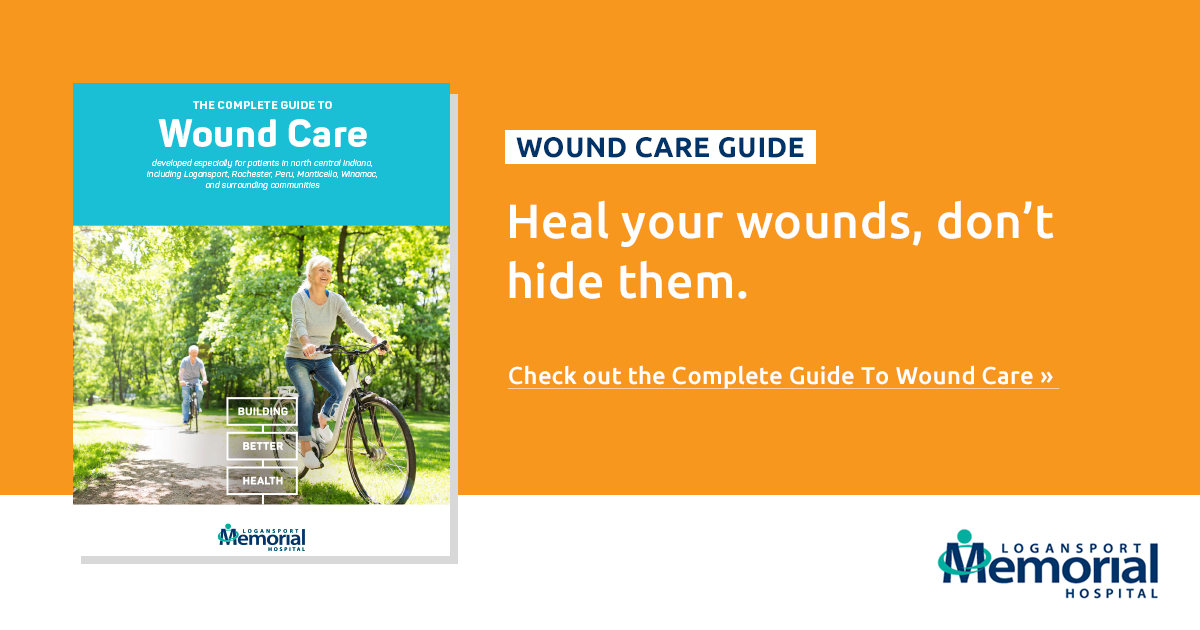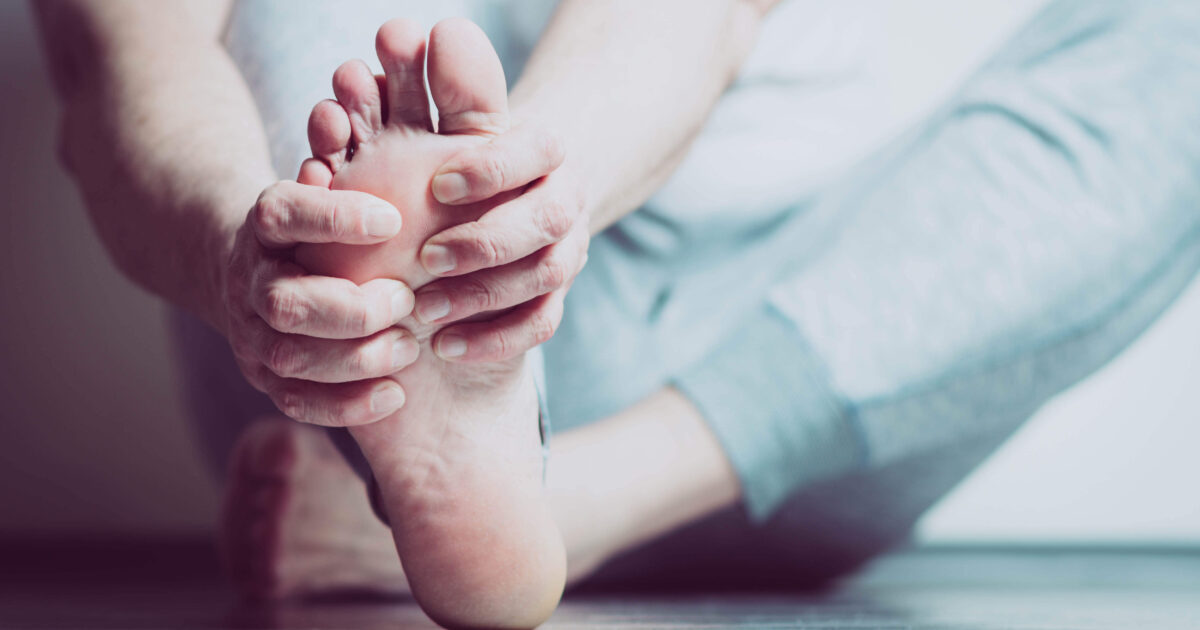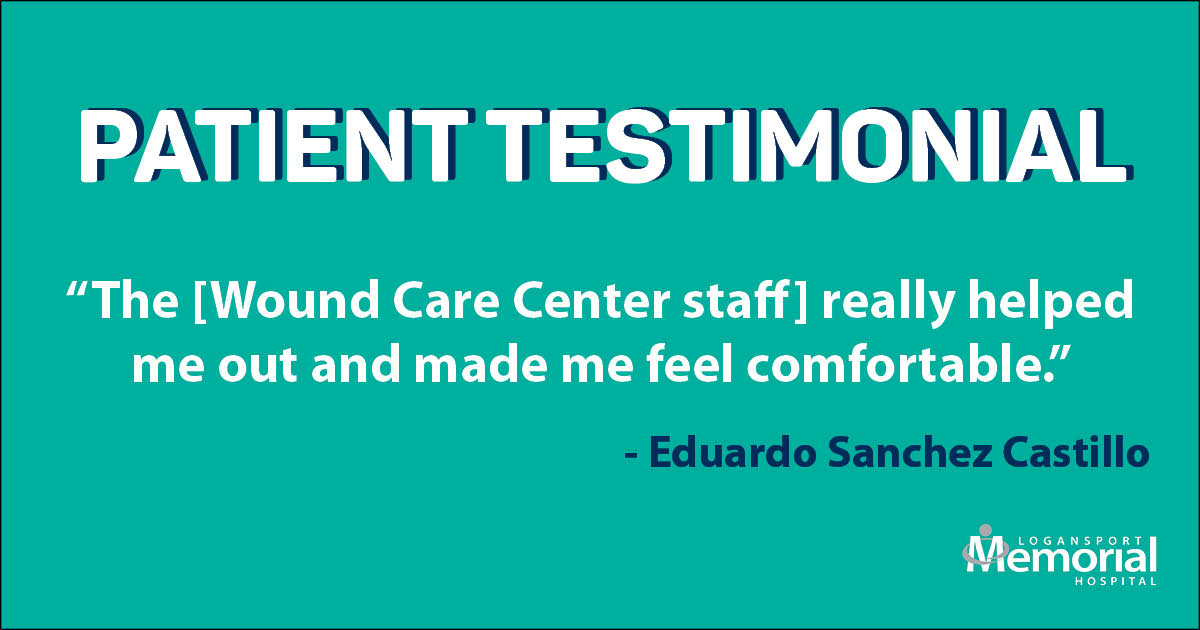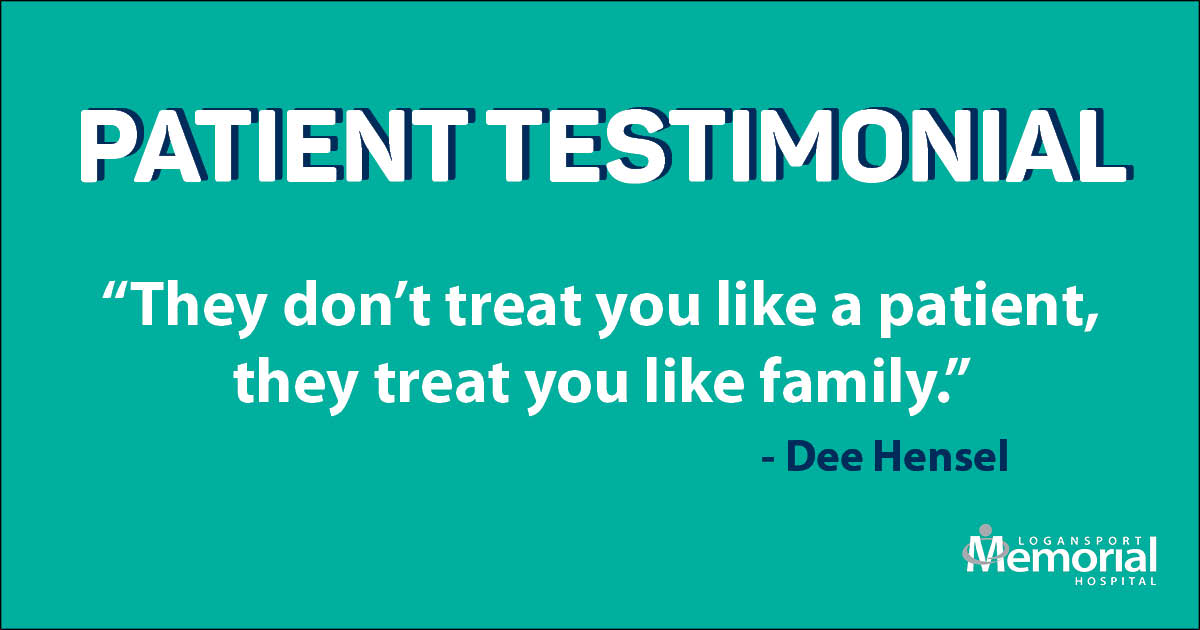We all deal with minor wounds like burns, blisters, or scrapes every now and then and they typically heal naturally. But sometimes, wounds don’t respond to at-home treatment, and you might encounter a wound that won’t heal on its own.
Nearly seven million Americans suffer from these non-healing or chronic wounds. Living with a wound and not getting the right treatment can affect your quality of life or lead to new health issues or more serious problems, such as infections, limb loss, or, in the most severe cases, even death.
Read on to learn when (and how) to treat minor wounds at home properly, how the natural mending process works, and when to see a wound care specialist for a chronic wound that won’t heal.
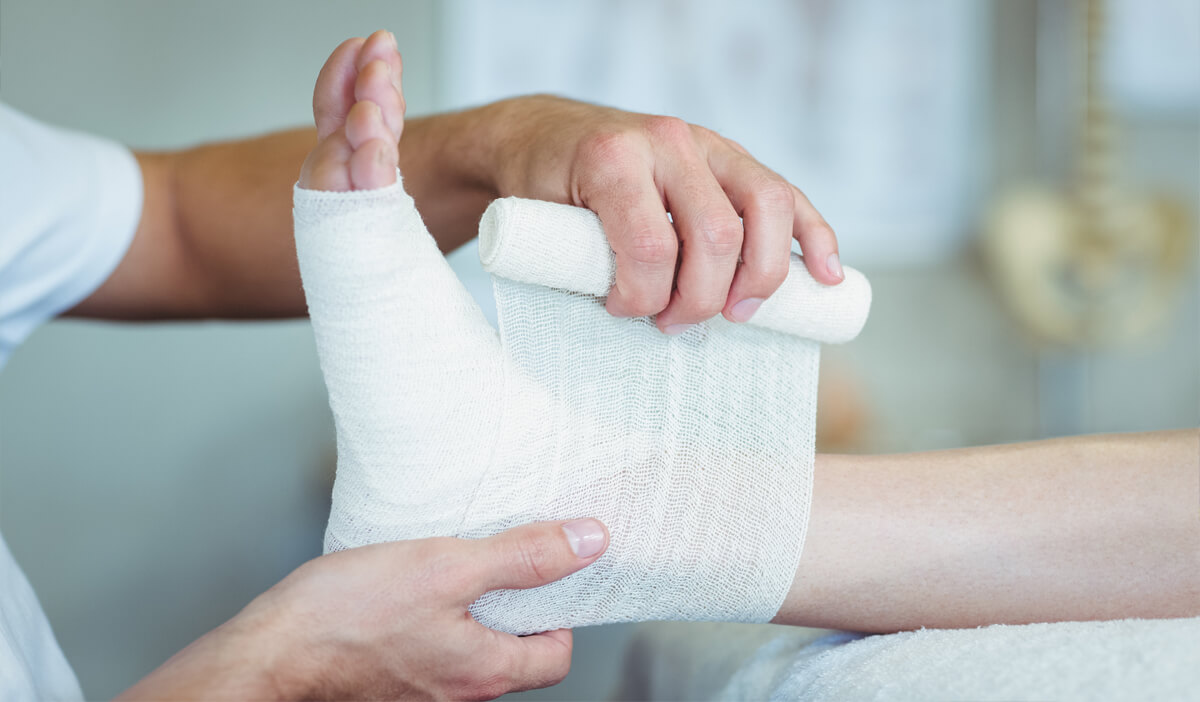
This article is part of the Complete Guide to Wound Care.
Caring for minor wounds at home
You can often treat minor cuts and scrapes at home with proper first aid. By treating minor wounds when they occur, you can often avoid more serious consequences later on, like an infection or the development of a chronic wound on its own.
Here are five basic steps to treating a wound that won’t heal:
- Wash your hands before touching the wound to avoid infection.
- Apply gentle pressure with a clean bandage to stop the bleeding.
- Rinse the wound with water and wash around the wound with soap (be careful not to get soap in the wound). If there is any dirt or debris in the wound, use clean tweezers to remove it gently.
- Apply a thin layer of antibiotic ointment to the wound. If the ointment causes a rash, stop using it and check with your doctor.
- Cover the wound with a bandage or gauze to keep it clean. Change the dressing at least once a day or whenever it becomes wet or dirty. Once a scab forms, you’ll no longer need the bandage.
How do you know if a wound is improving?
Once a wound has been cared for, the human body begins to go through a natural mending process. Four main phases occur in this process when a wound is healing correctly.
If you have a wound that doesn’t seem to follow this process, you may be dealing with a wound that won’t heal on its own and need help from a specialist.
The four main phases of healing:
- Blood clotting. The first phase starts right away as your body works to stop the bleeding. This process is called hemostasis.
- Preparation. During the first few days, your body gets ready to begin the rebuilding process and works to stave off infection. This phase is sometimes known as inflammation, as you might experience some swelling, pain, heat, or redness during this time.
- New tissue growth. This stage can last over two weeks as your body begins to rebuild your wound with new, healthy tissue. This period is called proliferation.
- Maturation. The final phase begins when the wound is completely closed up. While it may appear that your wound is done healing, your body is still working to redevelop and strengthen the tissues, so continue to treat the area with care.
What is a chronic wound?
Chronic wounds are complex wounds or sores that don’t respond to conventional treatments. A chronic wound is a wound that won’t heal on its own, heals extremely slowly, or keeps recurring. If you’re suffering from a wound that won’t heal, a wound care specialist can help.
Preventing a wound that won’t heal
There are things you can do to help prevent a chronic wound. In addition to following your doctor’s advice, you can optimize your body’s ability to heal itself by making certain lifestyle changes. Here are a few recommendations:
- Quit or reduce smoking. Nicotine decreases blood flow to your skin, which can slow wound recovery.
- Exercise regularly. Doing some physical activity most days of the week increases blood flow which can speed up healing.
- Eat more fiber, and cut down on fat and salt. Eat a healthy diet rich in nutrients that aid in wound healing, such as vitamin A, vitamin C, copper, and zinc.
- Maintain a healthy weight. Being overweight or obese can hinder your blood flow, which slows down wound healing.
- Avoid NSAIDs. Certain medicines like aspirin and ibuprofen may delay healing.
- Keep a close eye on your wound. See a doctor if you:
- notice any bleeding, pus, or discharge,
- experience increased pain with your wound,
- get a fever.
- Manage your stress. Stress causes blood sugar levels to rise, which can slow wound healing.
Our wound care specialists are here to help
Don’t let a wound that won’t heal keep you from enjoying your life. If you have a chronic wound, the latest wound healing therapies and advanced technologies can help you.
At the Logansport Memorial Wound Care Center, we provide specialized treatments and therapies for various chronic and non-healing wounds. Our dedicated experts can heal nine out of 10 patients suffering from a wound that won’t heal after 30 days. We’re ready to help you, too.
Get your free guide to wound care
You can learn more about the state-of-the-art treatment options available for wound healing and get advice from our wound care specialists in the Complete Guide to Wound Care.
You might also like:
- Basic Steps to Wound Healing at Home
- 7 Factors that Affect Wound Healing
- In-Home Wound Care Tips for Caregivers
